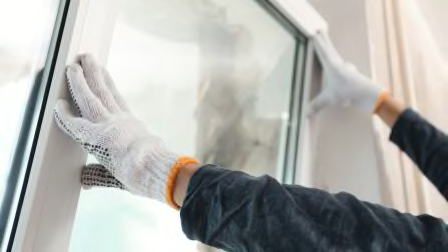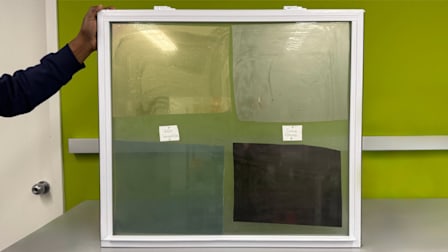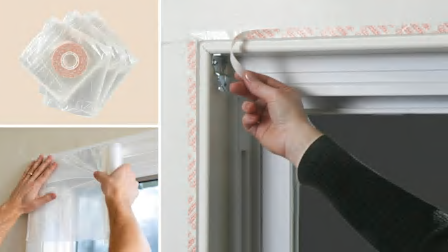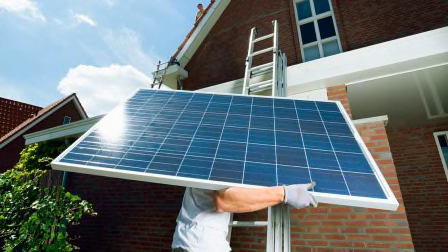8 Best Replacement Windows of 2026, Lab-Tested and Reviewed
CR's wind- and rain-resistance tests reveal top performers from American Craftsman, Andersen, Jeld-Wen, Marvin, Pella, Preservation, and Reliabilt
When you shop through retailer links on our site, we may earn affiliate commissions. 100% of the fees we collect are used to support our nonprofit mission. Learn more.
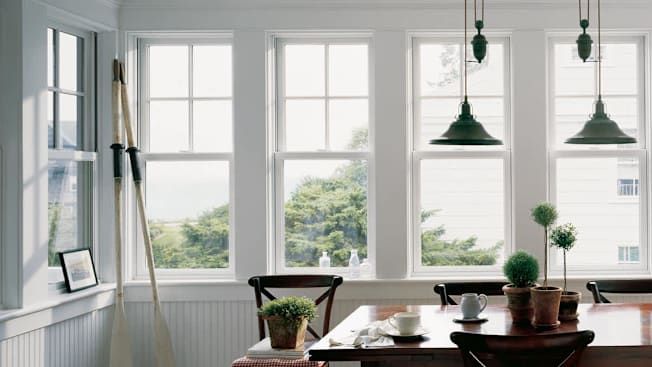
Replacing your old windows with new ones could make your home quieter, let in more light, keep out cold drafts, and cut your utility bill. But the most expensive replacement windows don’t necessarily deliver the best quality across those functions—or the biggest savings.
For instance, our tests show that some budget-friendly vinyl-frame windows perform better in wind and rain resistance than pricier wood-frame windows.
- Best Replacement Windows: Vinyl Wood Composite
- How CR Tests Replacement Windows
- Types of Replacement Windows
CR's Guide to Home Improvement
Find top-rated products and expert tips to help you save energy and money—and protect your home from extreme weather.
Best Vinyl Replacement Windows
Vinyl windows make up the largest segment of the replacement window market. They don’t need to be painted or stained, but you’ll probably find fewer options when choosing colors and hardware.
Best Wood Replacement Windows
Most wood window frames are made of solid wood covered on the outside with another material for protection from the elements. They’re generally the most expensive type of window, available with many finishes and hardware options.
Best Composite Replacement Windows
Typically made of wood fiber and a thermoplastic resin, composite windows look more like wood than vinyl windows do, and they generally cost less than solid wood windows.
How CR Tests Replacement Windows
We ordered and tested 3x5-foot double-hung windows from a variety of manufacturers. Our previous window testing has found that most windows stand up well to simulated aging, so we now focus instead on how well a window can withstand the elements.
After installing each window in a wooden frame, our test engineers seal one side first and use a specially made device that simulates wind. We raise the airflow velocity to 25 mph and then 50 mph, and measure air leakage with a flow meter. We run this test at 0° F and 70° F to evaluate whether a frame holds up even as materials contract and expand at varied temperatures.
To test rain resistance, we simulate windblown rain by pelting the window with 5 gallons of water per square foot per hour. Windows that earn an excellent rating in this test can withstand simulated winds up to 74 mph, or gale-force winds. The worst windows started leaking when winds reached about 35 mph.
Types of Replacement Windows
Choosing which type of replacement windows to get depends on the condition of your existing window frames and your taste.
An insert or “pocket” replacement window fits into your window frame; there’s no need to remove molding on the inside or trim on the outside. Because it’s essentially a frame within a frame, an insert lets in a bit less light. Inserts can be bought in stock sizes, but custom inserts offer more style and features as well as a more accurate fit for better energy efficiency.
Full-frame windows, also called new-construction windows, are mass-produced in standard sizes. A contractor will remove the old frame—as well as outside trim and sometimes siding—and make any needed changes to the opening before installation. If your window frames aren’t in good condition, or if you want to change the size or shape of the opening, this kind of replacement window is for you.





























